I’m super happy to be on board the CanalsOnline Magazine and quite honestly don’t know where to start as I have so many ideas and recipes to share. I’m also very inspired from what I read and hear from other likeminded boaters who like myself, enjoy all things food. It’s great to be prepared and organised with what a meal plan is going to be, but we all know that it very rarely turns out that way as we are very often governed by the fact that we don’t have a shop nearby or we go to a recipe and discover we don’t have all the ingredients, or at worse we get caught up in a stoppage or a breakdown. At best of course we might just find a lovely spot and decide to stay put for a few extra days! So, where I can I’m going to give alternative options or suggestions.
All my lists in preparation for untying the mooring ropes this year are complete, with many items ticked off as we will be leaving our mooring on the Chesterfield Canal within the next few weeks for this year’s trip. Many non-perishables are loaded up, storage and all that belongs in there all freshened up, plenty of dog food for our first mate and my best mate Rosie and of course a well-stocked bar. Just the curtains to wash and iron, all the engine and maintenance jobs belong to my husband! It will be another few weeks before the herb roof garden is assembled. My 2022 diary is also a must as I always keep a diary when on board and we often spend an evening looking back over the last 14 years of memories and experiences.
Some of my most useful kitchen essentials are a good set of digital scales, the slimline ones available in most supermarkets are ideal as they don’t take up much space, measuring cups and spoons, my temperature probe for checking reheated food (anything above 70C is regarded as safe) and meat temperatures. I’ve also got a small blender which is great for soups, smoothies and curry sauces etc. The blender came in very useful last year when I fell and fractured my jaw and had to have a “soft diet” for many weeks, hence, I have lots of dip, smoothie and soup recipes to share.
So last week was “Real Bread Week” this week is “Pancake week” and this weekend I have discovered the new shoots of wild garlic are available. We’re also coming up towards Easter, so it’s a perfect time for so many Spring recipe ideas. I’m also a real sourdough addict and my starter (I call mine Sally, apparently people name their starters) travels with me wherever I go. So, I think my next article is going to be all about bread and will include sourdough, as I think I’ll run out of space for this edition.
Here’s really quick easy one for you to try:-
flatbreads

Melt 3 ½ tblsp butter with ¾ cup milk, then combine with 2 cups plain flour and ½ tsp salt, add slightly more flour or milk if the consistency feels too runny or thick.
Knead on a lightly floured surface for a few minutes and then wrap in clingfilm and let rest at room temperature for half an hour or so. Then shape into 4 to 6 balls and roll out diagonally to achieve the oval shape.
Heat a splash of oil in a frying pan and cook the breads for about 1 – 1 ½ minute on the first side until starts to puff and then less than a minute on the other side.
You can choose from a list of different seeds to give different layers of flavour, such as mustard, sesame, nigella, caraway, cumin etc.
Either add to the mix or brush over after with melted butter.
If you have natural yoghurt you can use any equal quantity of yoghurt to self raising flour (I use 250g of each) plus half a tsp baking powder, these quite easily can become Naan breads if you cook to the same method, they are perfect dry fried too, and then brush over with melted butter and wild garlic or coriander.
pancakes
 So, for pancakes, I’m sure most of us know a pancake recipe. The easiest one I have used in the past is simply:
So, for pancakes, I’m sure most of us know a pancake recipe. The easiest one I have used in the past is simply:
1 cup of self raising flour and a pinch of salt in a bowl, make a well in the centre and add an egg, gradually bring together with 1 cup of milk added and whisk to make a smooth batter, the consistency of double cream works great. Melt a knob of butter and pour some of the mixture in and let it find it’s level before cooking for a couple of minutes on each side.
A little pinch of cinnamon powder and a tablespoon of caster sugar would convert these into sweet pancakes. If you don’t have cinnamon that’s fine, just serve with a good dollop of crème fraiche, cream or yoghurt and drizzle with honey or maple or golden syrup, along with any fruit such as berries or bananas. A splash of rum or brandy in the cream works a treat to make it special.
Another of my favourites is savoury plain pancakes wrapped around a filling of mushrooms, onions, chicken, leeks, asparagus, (all or some of these) combined with wild garlic pickings and cream cheese seasoned with salt and pepper, then topped with a cheese and sauce (or just any grated cheese) and baked.
salmon and wild garlic potato rosti cakes with a sweetcorn salsa
 Back to wild garlic, there are endless uses, pesto being a favourite, which I’m going to put together on a separate article because I’m running out of the suggested 1,000 word guideline. This weekend I made Salmon and Wild Garlic Potato Rosti Cakes with a Sweetcorn Salsa. I also made a new potato salad with wild garlic and mayonnaise and served with some salad leaves. Here’s the recipe:-
Back to wild garlic, there are endless uses, pesto being a favourite, which I’m going to put together on a separate article because I’m running out of the suggested 1,000 word guideline. This weekend I made Salmon and Wild Garlic Potato Rosti Cakes with a Sweetcorn Salsa. I also made a new potato salad with wild garlic and mayonnaise and served with some salad leaves. Here’s the recipe:-
- 6- 7 oz can of salmon, drained
- ½ a red onion, chopped
- 1 - 2 eggs depending on size
- ½ tblsp wholegrain mustard
- 1½ tblsp chopped wild garlic leaves
- 2 cups or two large handfuls of grated potatoes (Maris Piper if you can get them) skin on if you prefer
Dry the excess moisture out of the grated potatoes with kitchen roll or a tea towel.
Combine the rest of the ingredients in a bowl and then add the grated potatoes
Compress portions of the mixture into a cup for shape or use your hand, pour a good glug of oil into a frying pan or skillet on the stove top and heat to prevent sticking.
Gently ease the rosti cakes into the oil and cook for a few minutes on each side. I use a spatula and the back of a spoon to keep them compressed down in the pan and push near the pan sides to help keep the shape.
for the salsa
Dry fry a small tin of sweetcorn the char the outer edges, meanwhile finely chop the other half of the onion, half a red pepper, 2 deseeded tomatoes and a handful of fresh coriander or wild garlic leaves. Mix together with the sweetcorn, 2 tblsp lime juice and a pinch of smoked paprika or Cajun spice and salt and pepper.
Serve the rostis with the salsa and either a generous serving of either crème fraiche, yoghurt or mayonnaise whichever you have, a wedge of lemon, and some leafy greens.
I don’t eat salmon so used cream cheese instead and served with new potato salad with more chopped wild garlic and a huge wedge of toasted sourdough!
Hopefully I’ve brought together a few ideas here using some of my 'go to' ingredients this week. If you’d like my wild garlic recipes, the list is very long, but I would love to hear from you.
Until next time…………………..happy cooking on the cut!
Lisa
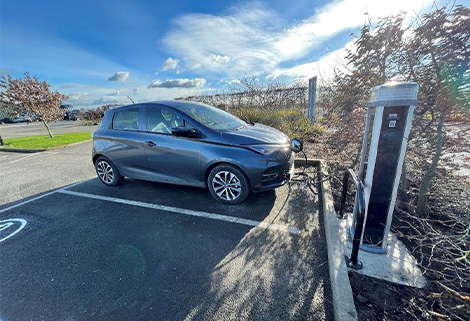
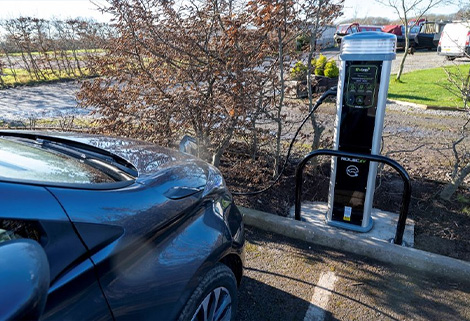

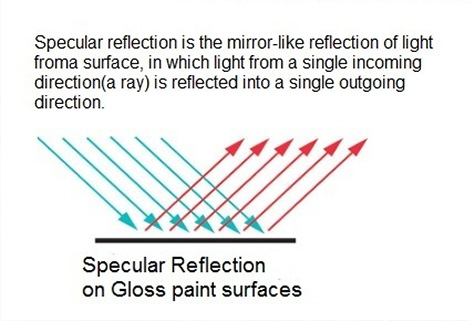

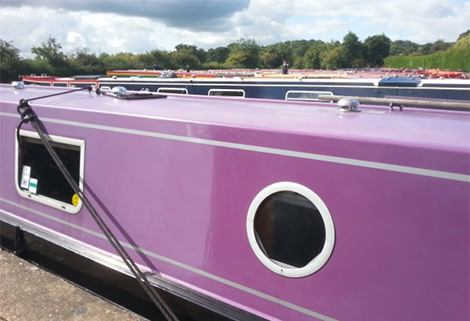
 Bullet Polish Europe Ltd is a family owned & run business which was set up in December 2010 following a road trip through America by my wife Stella & I in our 35ft RV named GUS. 26 States & 13,000 miles later we returned home to England with Bullet Polish.
Bullet Polish Europe Ltd is a family owned & run business which was set up in December 2010 following a road trip through America by my wife Stella & I in our 35ft RV named GUS. 26 States & 13,000 miles later we returned home to England with Bullet Polish.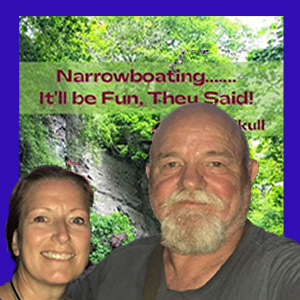
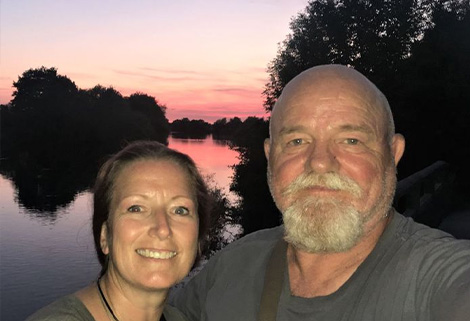
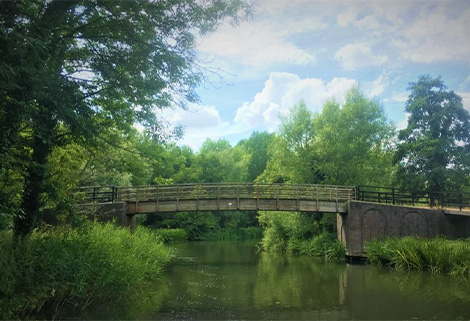
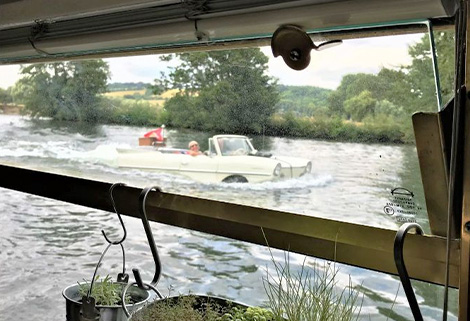


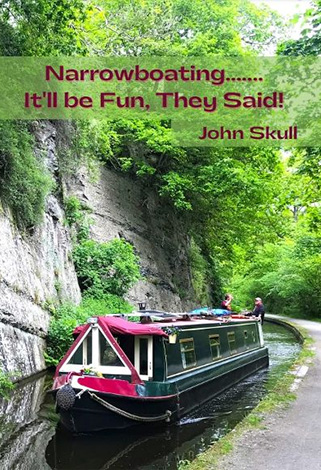
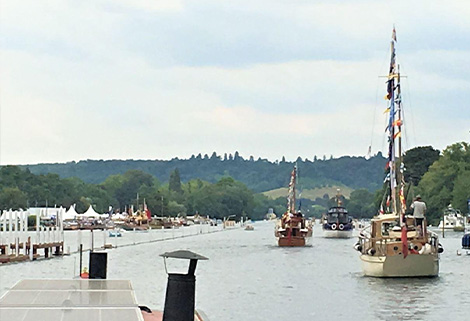

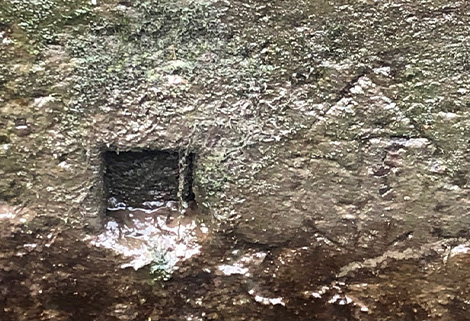
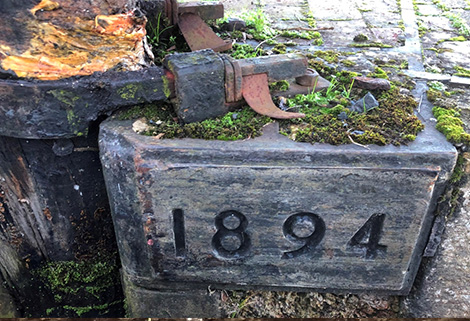

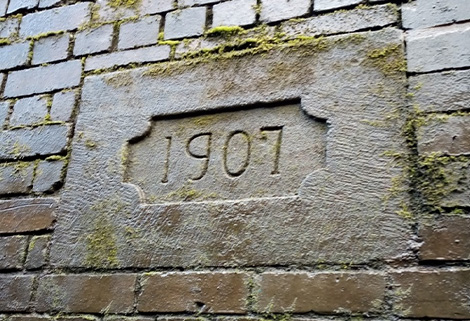
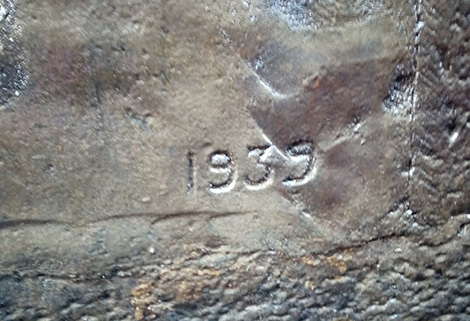

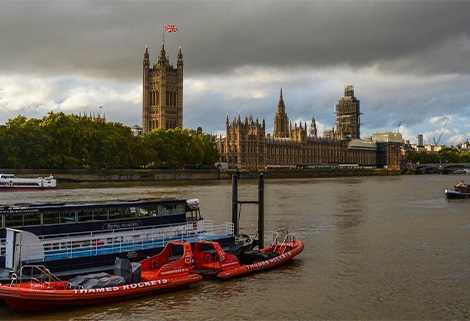
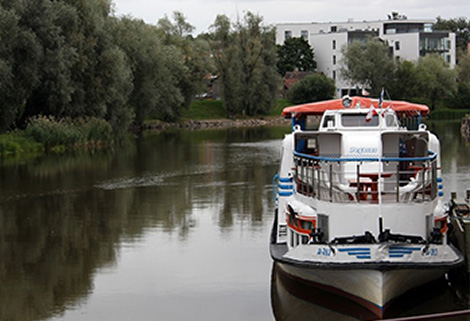
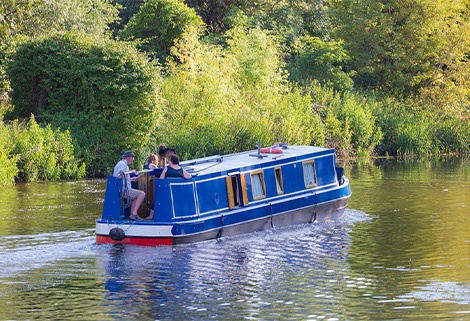
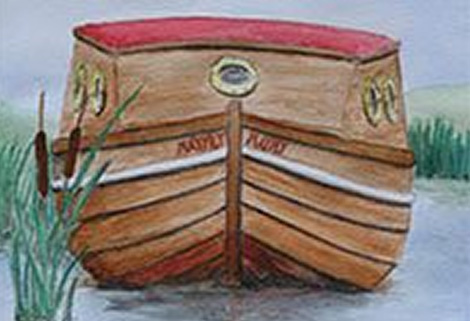
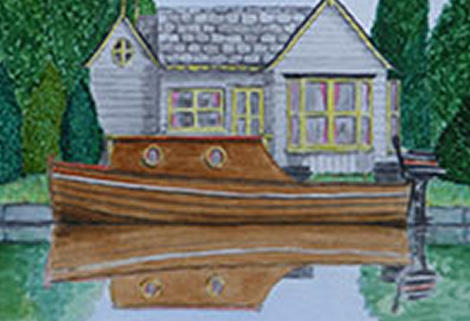
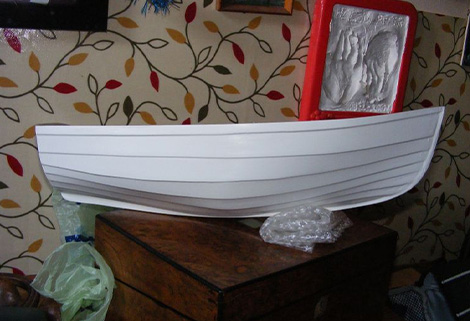
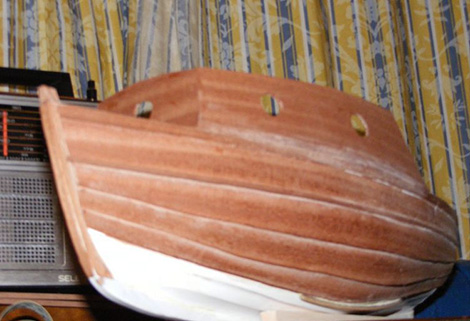


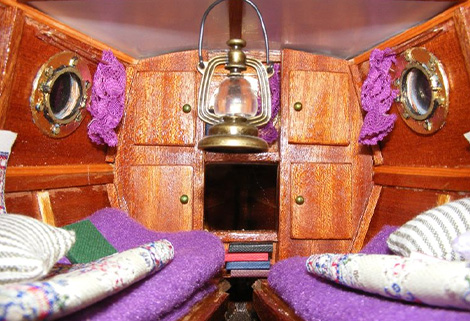
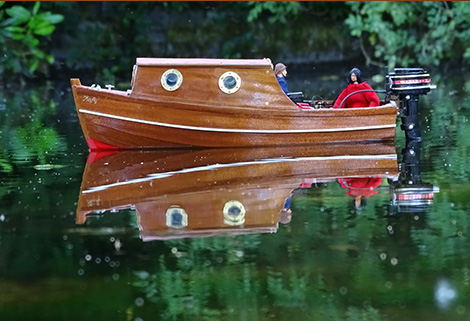
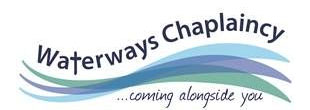
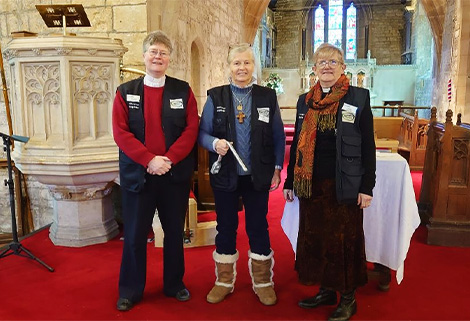
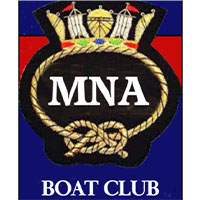


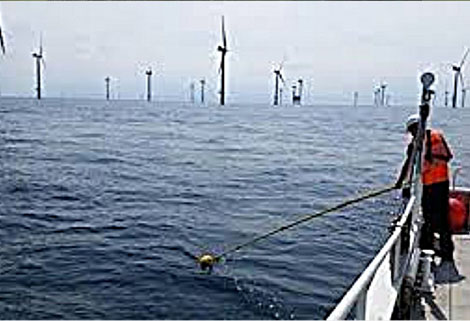
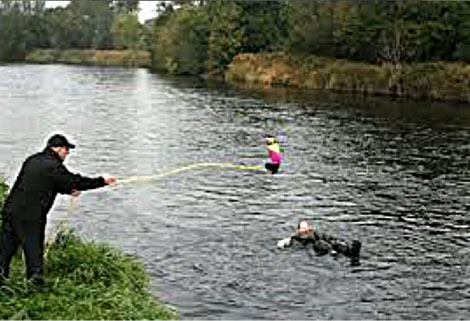
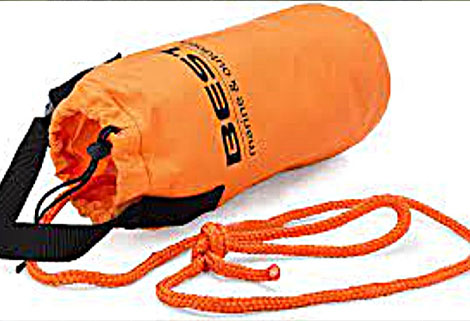
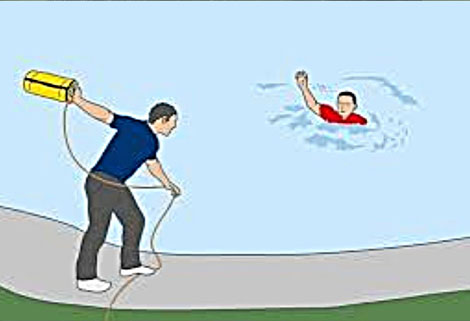

 So, for pancakes, I’m sure most of us know a pancake recipe. The easiest one I have used in the past is simply:
So, for pancakes, I’m sure most of us know a pancake recipe. The easiest one I have used in the past is simply: Back to wild garlic, there are endless uses, pesto being a favourite, which I’m going to put together on a separate article because I’m running out of the suggested 1,000 word guideline. This weekend I made Salmon and Wild Garlic Potato Rosti Cakes with a Sweetcorn Salsa. I also made a new potato salad with wild garlic and mayonnaise and served with some salad leaves. Here’s the recipe:-
Back to wild garlic, there are endless uses, pesto being a favourite, which I’m going to put together on a separate article because I’m running out of the suggested 1,000 word guideline. This weekend I made Salmon and Wild Garlic Potato Rosti Cakes with a Sweetcorn Salsa. I also made a new potato salad with wild garlic and mayonnaise and served with some salad leaves. Here’s the recipe:-